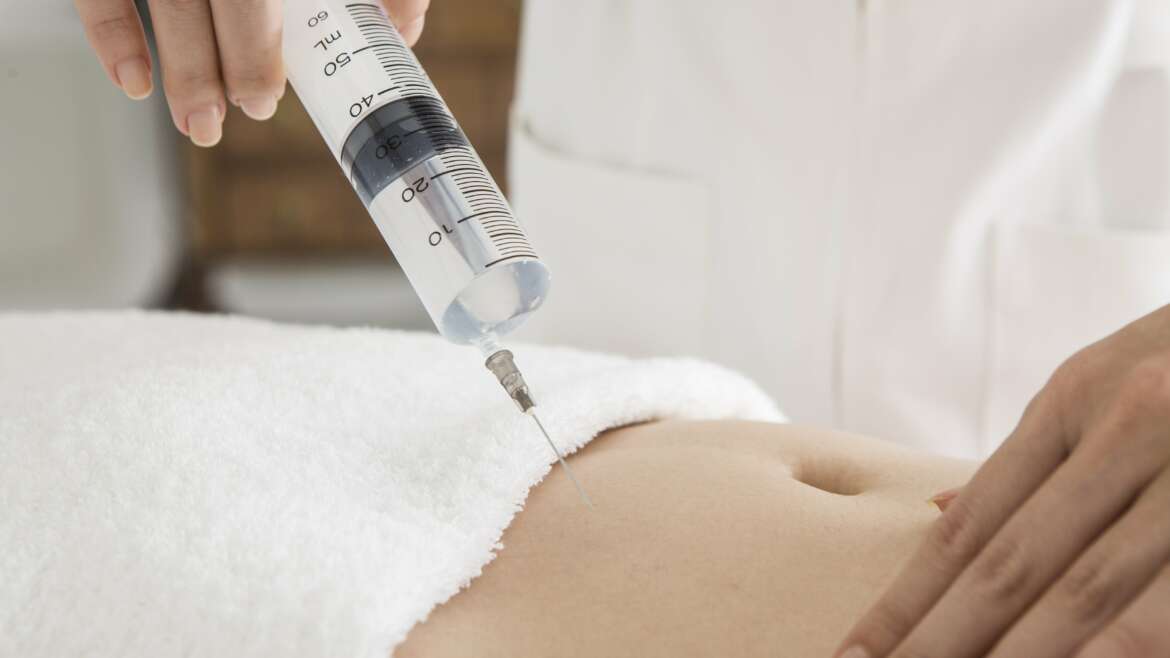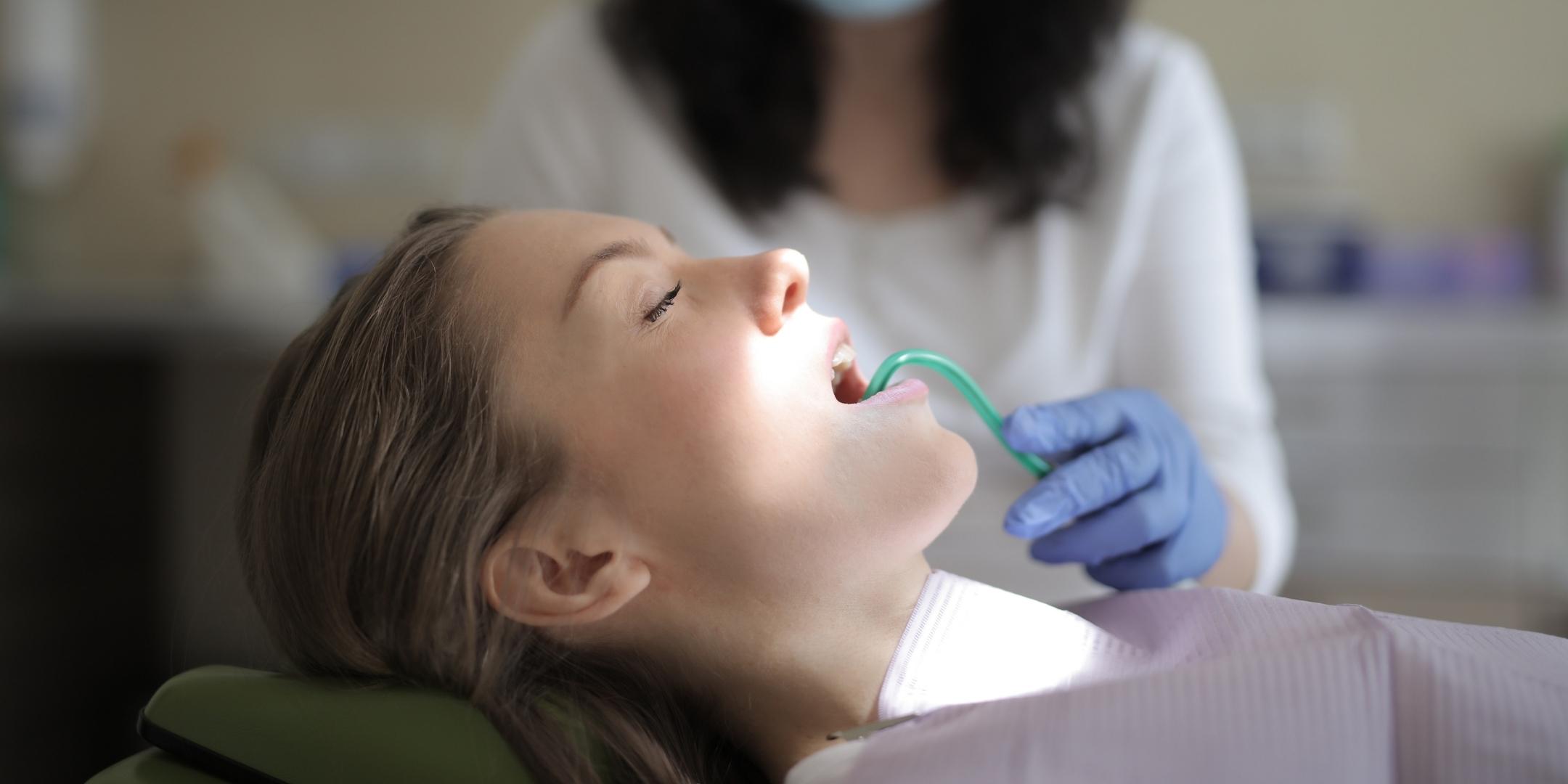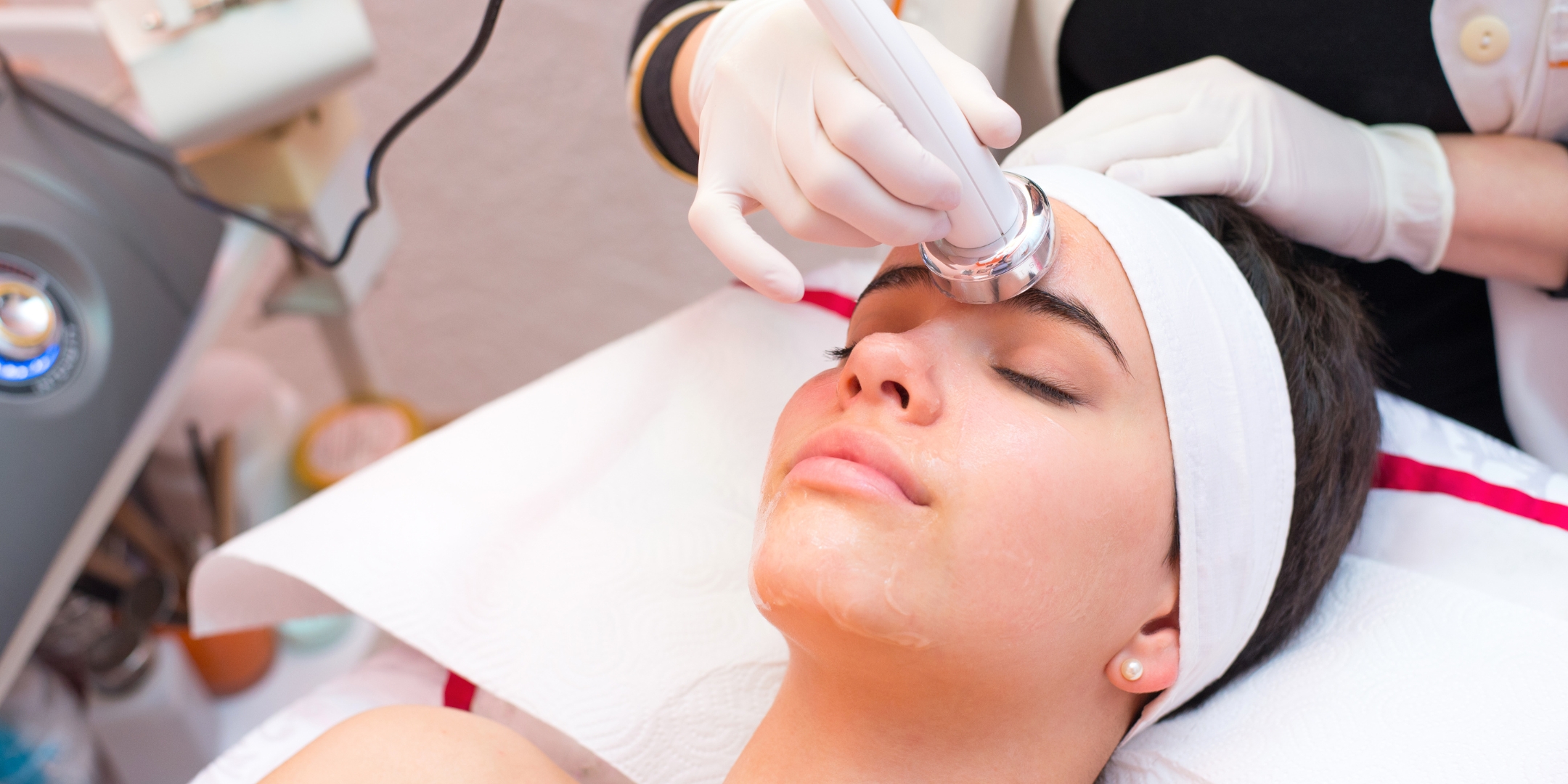Lipodissolve is one of many non-invasive treatments used to melt down fat in certain parts of the body. It is intended to treat areas with small amounts of fat, such as double chin, jaw, jowls, arms, abdomen, hips, and thighs.
The Lipodissolve procedure is not FDA approved, and it is illegal in the United States to use or import phosphatidylcholine (PC) and deoxycholate (DC) drugs.
Table of Contents
- What is Lipodissolve?
- Treatment Procedure
- Benefits
- Possible Side Effects
- Is Lipodissolve Safe?
- Cost of Lipodissolve Treatment
- Recovery Time
- 5 Alternatives to Lipodissolve
What is Lipodissolve?
Lipodissolve is a non-surgical procedure, which involves a series of drug injections to reduce superficial fat deposits. The localized injection consists of phosphatidylcholine (PC) and deoxycholate (DC) solution.
Initially, medical professionals combined multiple ingredients such as minerals, vitamins, enzymes, herbal extracts, herbs, and amino acids (L-carnitine) to get certain desired results.
Lipodissolve is also referred to as mesotherapy, injection lipolysis, lipotherapy, lipozap, and Lipostabil. This procedure is neither a weight loss solution nor addresses any resultant skin laxity.
Treatment Procedure
Lipodissolve involves medicated injections that may dissolve or meltdown fat in the small localized areas. Therefore, this procedure is not recommended for large area fat reduction.
Phosphatidylcholine and deoxycholate are the main ingredients used to dissolve fat. A well-trained medical professional may add other substances to form a chemical cocktail based on the treated area.
A topical anesthetic is not required for the Lipodissolve procedure. The cocktail is injected in the targeted area of treatment into the fat layers and connective tissues. It is injected in several locations for even coverage. A chemical reaction takes place, which dissolves the fat.
Deoxycholate is a bile salt that helps break down fat, and phosphatidylcholine helps digestion and drainage of the dissolved fats. However, after the procedure, it takes weeks or months for the fat to dissipate. Therefore, multiple treatments are required to achieve optimal results.
The dose may vary from 3-6 cc to 40-60 cc depending on the size of the area being treated.
Benefits
The Lipodissolve procedure aims to dissolve unwanted fat in the body and reduce the appearance of cellulite. The general claims about the efficacy of Lipodissolve injection are as follows:
- Non-surgical method to get rid of fat
- No downtime
- Relatively painless
- Requires no anesthesia
- Dissolve fat growths, such as lipoma
- Help reduce cellulite
- Substances or derivatives used are natural and found in our body
- Enhance the effects of other fat removal procedures
- Permanent results
Possible Side Effects
Though the Lipodissolve procedure has been marketed as a safe and non-invasive alternative in other countries, one must exercise caution and understand the risks and side effects.
- Some patients within the first few hours after treatment may experience sweating, dizziness, fainting, or fever.
- Short-term side effects may include swelling, bruising, itching, redness, numbness, tingling, and general discomfort at the injection sites.
- May also experience intermittent diarrhea
- Allergic reactions
- Formation of scars, lumps, or hard spots, which can be painful
- Uneven contouring or disfigurement
- Local necrosis
Few symptoms may last up to 10 days. However, if symptoms are severe and persistent, you must immediately contact the medical professional to seek appropriate medical attention.
Lipodissolve is not recommended to individuals with the following medical conditions:
- Allergic to soy products
- Obesity
- Bleeding disorders
- Autoimmune diseases
- Vascular (blood vessel) complications
- Diabetes
- Thyroid problems
- Liver or kidney disease (active or end-stage)
- HIV
- Hepatitis C
- Cancer
- Pregnant women
- Nursing mothers
Is Lipodissolve Safe?
Lipodissolve is regarded as an experimental treatment and is not FDA approved. It is still undergoing clinical trials to analyze the safety and efficacy, including long and short-term side effects. Some clinical practices that offer Lipodissolve are additionally working towards establishing the right protocols for the technique.
Lipodissolve must be performed by a qualified professional to ensure safety. Since the government does not regulate the procedure, it is important to review the cosmetic surgeon or dermatologist’s experience, training, and medical expertise before proceeding with the procedure.
According to some studies, there have been no life-threatening or permanent side effects, and that participants had seen a visible difference after undergoing Lipodissolve treatment. However, though some medical professionals claim their specially-made cocktails to be safe and effective, there isn’t any credible evidence to support it.
If you decide to attempt this procedure, ensure the medical professional has extensive knowledge and expertise about the Lipodissolve treatment and weigh all the pros and cons before proceeding further.
Cost of Lipodissolve Treatment
The price for this procedure may range from $150 to $5,100 and the average cost being $1,875. A series of 4 to 10 treatments may be required to achieve the desired result, spaced 6 and 8 weeks apart depending on the fat level to be removed.
The extent of the therapy additionally makes a difference in the cost. For instance, getting the fat removed under the chin will cost somewhat less than the removal of saddlebags. However, the amount of treatment required depends upon the area which is being treated with Lipodissolve. The expense may vary depending on the physician and location you choose.
Recovery Time
There is no downtime associated with Lipodissolve treatment. In most cases, patients experience temporary symptoms such as redness, swelling, or bruising, which settles within a few days after the procedure.
Patients can generally return to activities of daily living after the procedure.
Five Alternatives to Lipodissolve
One of the most effective treatment procedures for eliminating stubborn fat is liposuction. However, other procedures such as Smartlipo and VASER liposuction can be gentler on the body with quick healing if concerned about the recovery time.
Other non-surgical options that are considered safe and effective include:
- WarmSculpting with SculpSure: This procedure involves diode-laser energy to heat and kill fat cells. Treatment can be given to multiple areas simultaneously, with very few side effects and zero downtime. The treatment takes approximately 25 minutes. The SculpSure procedure is significantly less expensive. It might take about three months to see visible results and require two or more treatments to achieve the desired goal.
- CoolSculpting: It helps destroy small pockets of fat via freezing. It takes about four weeks to see visible results, with improvements for about 20 weeks. About 25% of the fat cells are lost in the treatment area after one treatment session.
- Vanquish: It uses radiofrequency energy to dissolve fat cells. It is a painless procedure and lasts approximately 45 minutes. The difference is visible in about two weeks and full results in four to eight weeks. Four or more treatments may help achieve the desired results.
- Kybella: It is an injectable that dissolves fat cells in the chin, above the knees, elbows, or bra rolls. It is an FDA-approved drug, and about six treatments may be necessary to achieve the desired results.
Takeaway
Lipodissolve is a nonsurgical procedure used to melt down stubborn fat through injectable chemical cocktails. It is not FDA approved and considered illegal in the United States due to safety concerns. In addition, there is no credible proof or evidence to support the efficacy or safety of this procedure.
It is also difficult to ascertain the safety of the Lipodissolve procedure since there is no standardized formula. In addition, the cocktail proportions may vary depending on the area being treated.
Getting this procedure done through an experienced and licensed Lipodissolve doctor may give you the desired result with minimized risks.
Discuss risks and benefits, safety precautions, and the potential side effects with your doctor before the treatment.









